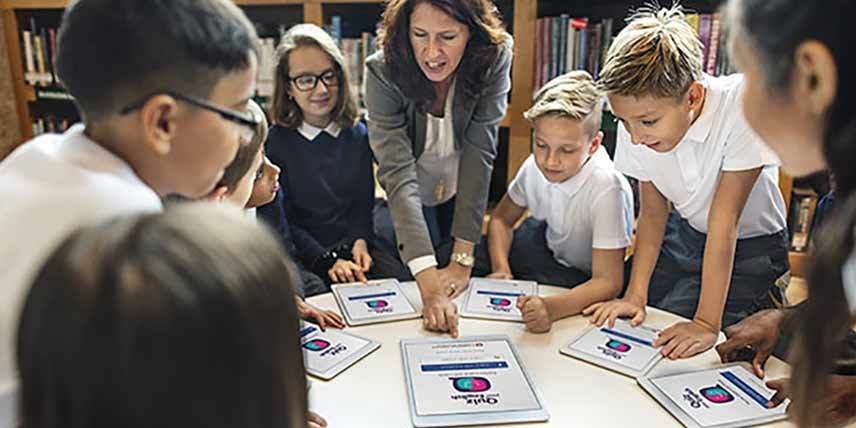Tips – Delivering Learning
Try these practical tips for using technology to support, educate and communicate with your learners.

Setting up and managing digital tools and resources
Always turn on devices like interactive whiteboards and class computers before the lesson starts, so you won’t have to wait for them to warm up later!
Always have a Plan B (like some photocopied worksheets or a no-tech communication game) in case your technology lets you down!
Test every online activity yourself before asking learners to try. Even better, ask a colleague to test it and give you simple feedback. Is it clear what learners need to do? Does the activity work properly? And is it useful?
Preparing students for using digital tools and resources
Invest time in induction and onboarding at the beginning of your course. That means showing your learners exactly WHAT to do to get started, training them HOW to use each tool, and making sure they understand WHY it’s valuable.
Responding to learners
Use tools like ‘Track changes’ and ‘Comments’ in Microsoft Word or ‘Suggesting mode’ in Google Docs to provide feedback on your learners’ writing. But resist the temptation to correct too much! Focus on a small number of priority areas.
Communication and interaction online
Set up a ‘Group’ for your learners on Facebook or another social media platform. Use it for class admin (e.g. room changes), setting homework, sharing documents, discussions, language games and quizzes, class surveys, etc.
